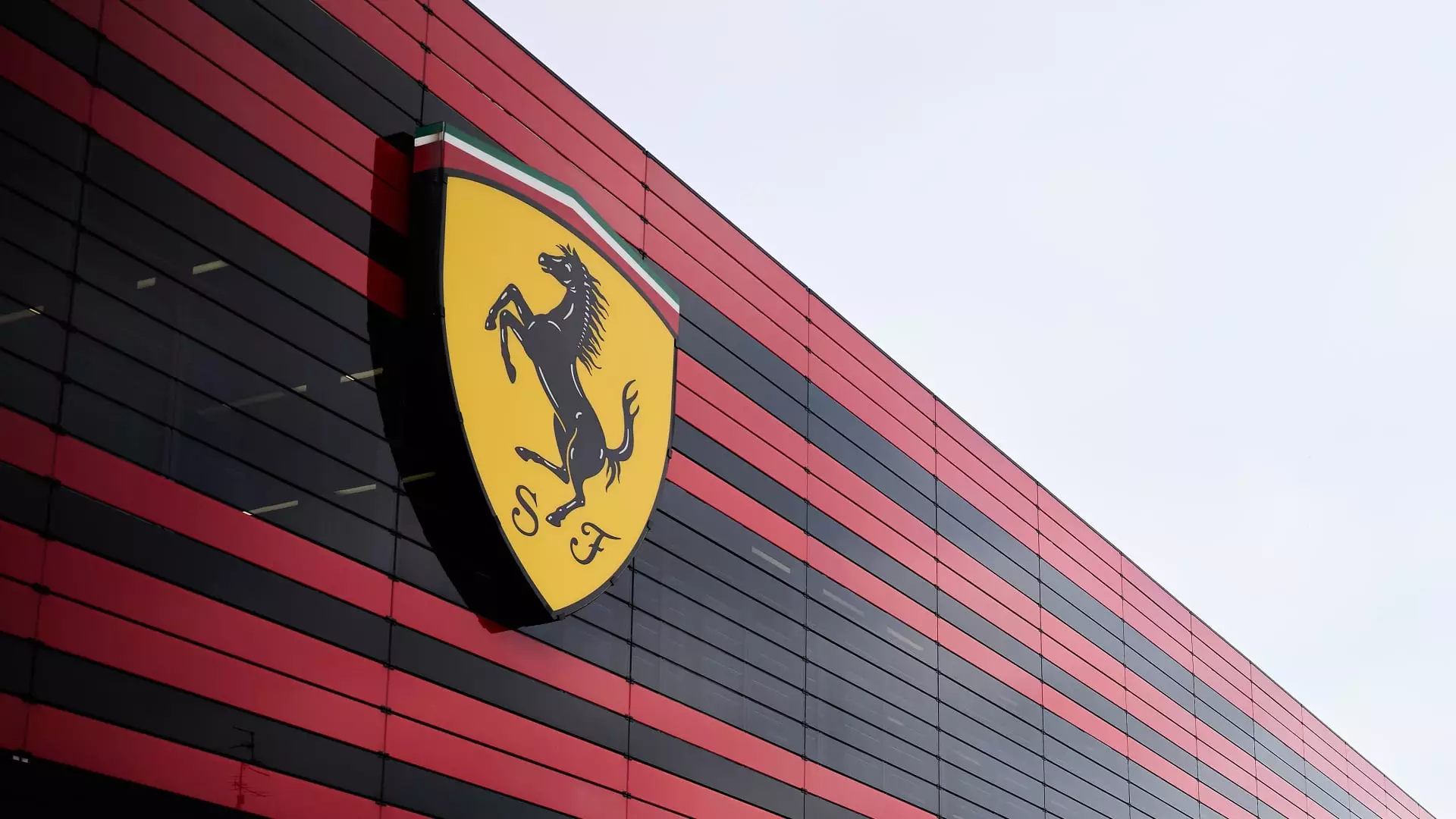In a stunning move that underscores the enduring allure of luxury within a turbulence-prone market, Ferrari’s announcement to raise prices by 10% on select models sends ripples through the upper echelon of car enthusiasts. The decision falls squarely in the purview of an elite manufacturer responding to external pressures, notably the newly enacted U.S. auto tariffs. This is no mere price adjustment; it’s a bold testament to Ferrari’s brand ethos in the face of economic challenges. The implications of this increase—up to $50,000—may seem trivial to the ultra-wealthy clientele who can already afford the lavish expense of a Ferrari, yet it signals a potent narrative about the intersection of luxury and inflation.
Tariffs and Tensions
The sharp imposition of a 25% tariff on cars not manufactured in the U.S., as revealed by President Trump, serves to complicate Ferrari’s standing in the market. As a company that prides itself on quality craftsmanship strictly produced in Maranello, the question looms: will the price hikes deter a customer base that has, until now, remained insulated from the economic storm brewing outside their exclusive bubble? The statistics speak for themselves; last year, Ferrari delivered 13,752 cars, a figure that speaks to a healthy appetite for opulence, even amid rising costs. However, an increase in pricing poses a philosophical dilemma: do luxury brands risk losing their sheen if they appear out of touch with the economic realities that now touch even affluent buyers?
Budgeting for the Affluent
Ferrari’s leadership, including CEO Benedetto Vigna, has made it clear that they are acutely aware of their clientele’s financial realities. The brand’s respect for its customers—and the acknowledgement that luxury does not preclude economic sensitivity—is commendable. Vigna stated, “We have to respect them. Because for us, the most important thing is the client.” Here lies a fascinating juxtaposition of the luxury market: customers willing to spend over a million dollars on a car might also feel a sting from a price increase. The key to maintaining loyalty may very well hinge on how Ferrari navigates this delicate balance.
The Allure of Scarcity
Interestingly, the potential impact of the price hikes may be muted by the inherent scarcity of Ferrari’s offerings. With a waiting list extending more than a year for many models, the demand seems poised to outstrip even the elevated supply due to new tariffs. This raises essential questions: will Ferrari’s exclusivity overshadow the discontent caused by the price hikes? There is an alluring paradox here; with each price raise, does Ferrari not simply enhance the desirability of its vehicles? This compelling dynamic could lead to the mistaken belief that higher prices confer even greater prestige.
Shareholder Sentiment Amidst Uncertainty
Despite an uncertain economic climate, shares of Ferrari experienced slight increases following the announcement, in contrast to the broader declines seen among America’s “Big Three” automakers. This divergence posits an optimistic viewpoint about Ferrari’s relatively resilient market position, a brand anchored within a domain largely resistant to external shocks. Professing confidence in maintaining profitability margins even in the face of adjustments, Ferrari appears to embrace a steadfast resolve. Yet, the narrative is not just about dividends; it’s about how luxury brands can evolve while staying true to their ethos amidst volatile conditions.

